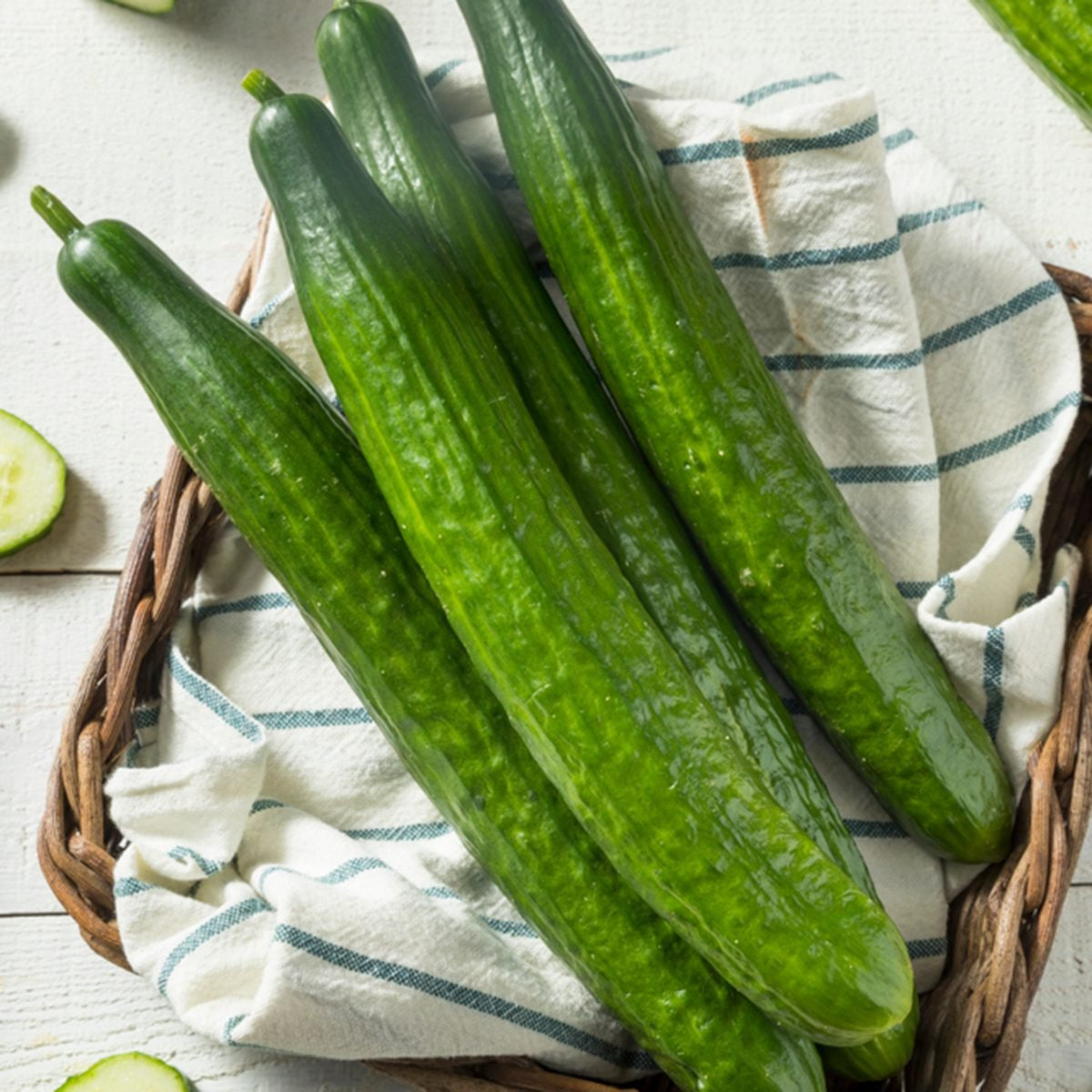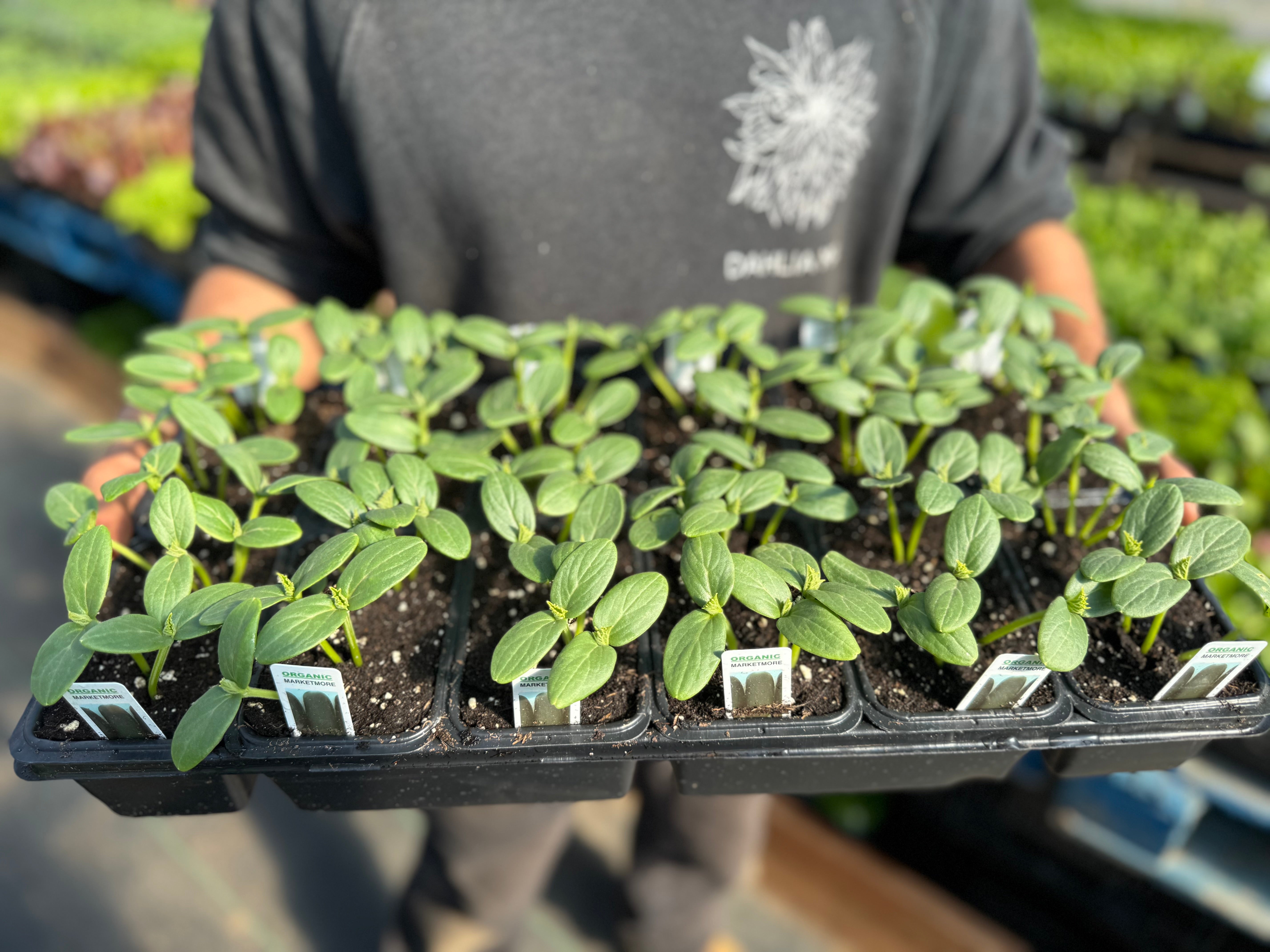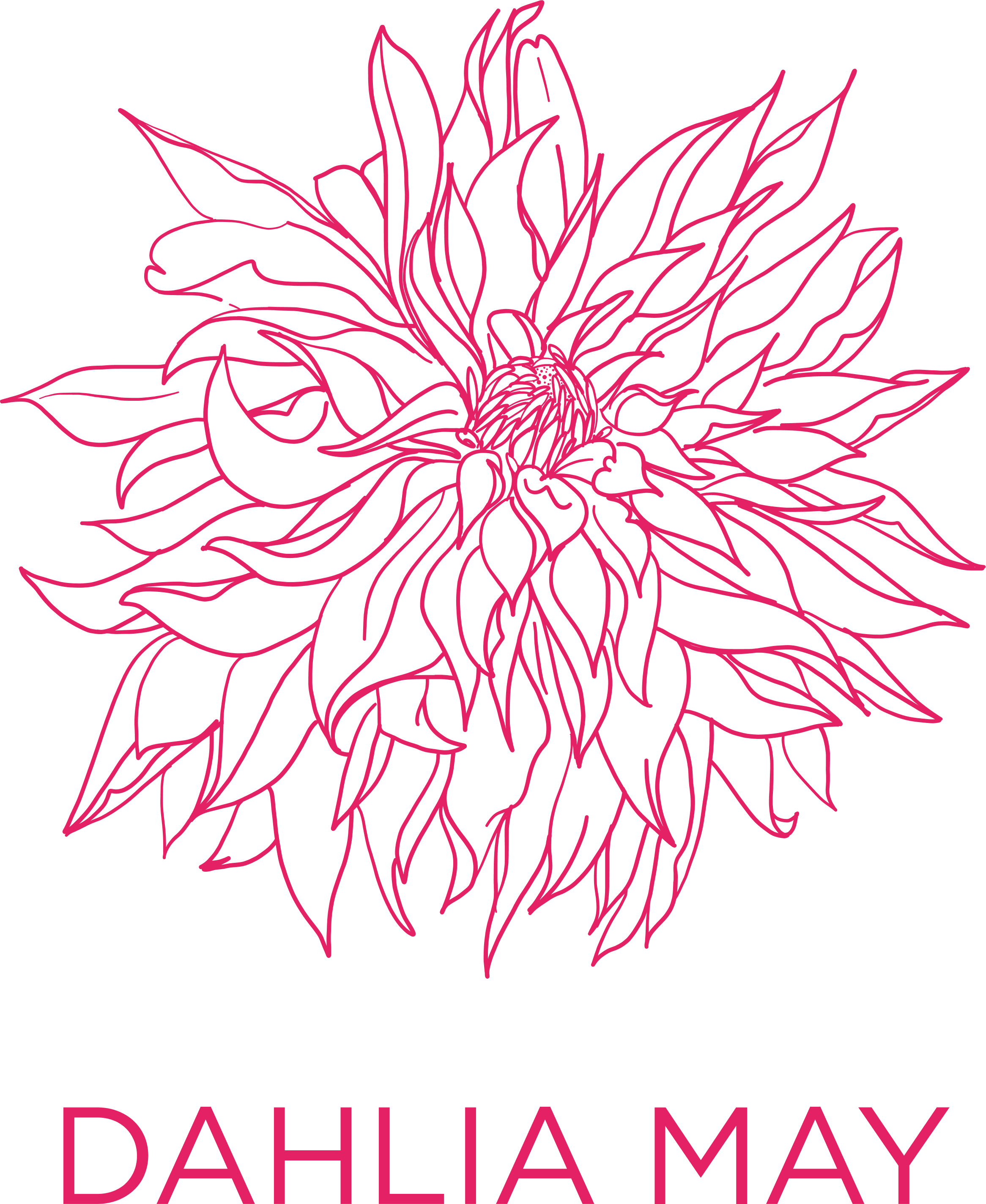




Cucumber Seedlings
Cucumber plants are climbing or trailing vines that can grow up to 6-8 feet (1.8-2.4 meters) in length. They have large, lobed leaves that are bright green in colour and have a rough texture. The plant produces yellow flowers that are either male or female. The female flowers develop into the fruit, while the male flowers are responsible for pollination. The fruit of the cucumber plant is the cucumber itself. Cucumbers are elongated, cylindrical fruits with a smooth, green skin. They can vary in size, ranging from a few inches to over a foot in length, depending on the variety. The flesh of the cucumber is crisp and juicy, with a mild, refreshing flavour.
Tips on how to grow Cucumbers
1- When planting your cucumber seedlings, transplant them into the garden after the danger of frost has passed. Cucumbers are VERY sensitive to cold temperatures and dampness, so not try to plant your cucumbers early. Wait until we are consistently receiving 10 degree nights before planting cucumbers outside.
2- Provide ample sunlight: Cucumbers thrive in full sun, so choose a location in your garden that receives at least 6-8 hours of direct sunlight each day.
3- Prepare the soil: Cucumbers prefer well-draining soil that is rich in organic matter. Before planting, amend the soil with compost or well-rotted manure to improve its fertility and drainage.
4- Space the plants properly: Cucumber plants need room to spread out, so space them about 12-24 inches apart, depending on the variety. This will allow for good air circulation and prevent overcrowding.
5- Provide support: Some cucumber varieties, such as vining or climbing types, benefit from trellising or support. This helps keep the plants off the ground, reduces the risk of disease, and makes harvesting easier. Install a trellis or provide stakes for the plants to climb on.
6- Water regularly: Cucumbers have high water requirements, especially during hot weather. Keep the soil consistently moist but not waterlogged. Water deeply at the base of the plants to encourage deep root growth.
7- Mulch the soil: Apply a layer of organic mulch, such as straw or wood chips, around the base of the cucumber plants. This helps retain moisture, suppress weeds, and regulate soil temperature.
8- Fertilize appropriately: Cucumbers are heavy feeders and benefit from regular fertilization. Apply a balanced organic fertilizer or compost tea every few weeks during the growing season to provide essential nutrients.
9- Harvest at the right time: Cucumbers are ready to harvest when they reach the desired size and colour. Most slicing cucumbers are harvested when they are about 6-8 inches long, while pickling cucumbers are harvested when they are smaller. Regularly harvest the cucumbers to encourage more fruit production.
Our Varieties:
English
English cucumbers, also known as seedless cucumbers, are a specific variety of cucumber that is known for its long and slender shape, as well as its mild and crisp flavour.
English cucumbers typically measure about 12-14 inches in length and have a smooth, thin skin that is dark green in color. Unlike other cucumber varieties, English cucumbers have a thinner skin that is not bitter, making them ideal for eating without peeling. The skin is also less waxy, giving it a more tender texture. One of the distinguishing features of English cucumbers is that they are seedless or have very small, underdeveloped seeds. This makes them popular for those who prefer a less seedy cucumber or for recipes where the seeds are undesirable, such as cucumber salads or sandwiches. English cucumbers have a mild and refreshing flavour, with a crisp and crunchy texture. They are often described as having a slightly sweeter taste compared to other cucumber varieties.
Pickling
Pickling cucumbers are a specific variety of cucumbers that are cultivated for the purpose of pickling. These cucumbers are typically smaller in size, measuring around 3-4 inches in length, and have a firm and crisp texture. They are often harvested when they are young and have not fully matured, as this ensures that they retain their crunchiness even after the pickling process.
Pickling cucumbers have a thin, bumpy skin that is usually dark green in color. The bumps on their skin are called "warts" and are a characteristic feature of pickling cucumbers. The warts help to create a textured surface that allows the pickling brine to penetrate the cucumber, resulting in a more flavorful pickle.
The flesh of pickling cucumbers is pale green and has a mild and refreshing taste. It is less watery compared to other cucumber varieties, which makes it ideal for pickling as it helps the cucumbers maintain their crunchiness and shape during the pickling process.
Slicing (Marketmore):
Slicing cucumbers, specifically the Marketmore variety, are a type of cucumber that is primarily used for fresh consumption and slicing. They are larger in size compared to pickling cucumbers, typically measuring around 6-8 inches in length.
Marketmore cucumbers have a smooth and glossy skin that is dark green in color. Unlike pickling cucumbers, they do not have warts or bumps on their skin. The skin is thin and edible, so it does not need to be peeled before consuming.
The flesh of Marketmore cucumbers is crisp and juicy, with a mild and refreshing taste. It has a high water content, which gives it a hydrating and cooling effect when eaten. The seeds inside the cucumber are small and tender, making them easy to eat.
Marketmore cucumbers are commonly used for slicing and adding to salads, sandwiches, and wraps. They can also be used as a topping for burgers or enjoyed on their own as a healthy snack. The crisp texture and mild flavor of Marketmore cucumbers make them versatile and suitable for a variety of culinary applications.


